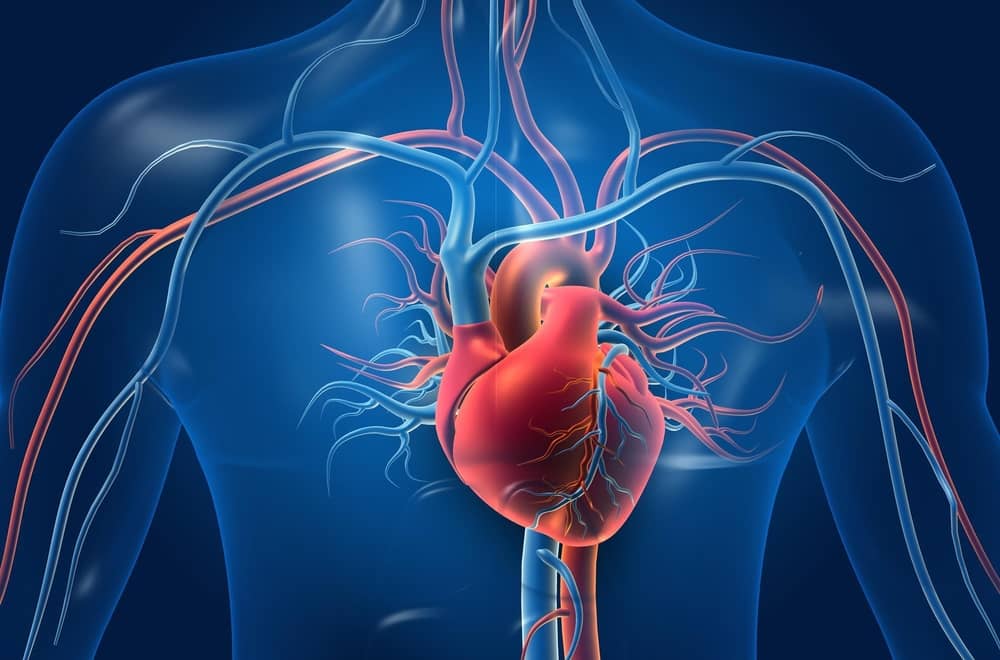What Is Acute Coronary Syndrome: Symptoms, Causes and Risk Factors

Acute coronary syndrome is a term used to describe a range of conditions associated with sudden, reduced blood flow to the heart.
One such condition is a heart attack (myocardial infarction) — when cell death results in damaged or destroyed heart tissue. Even when acute coronary syndrome causes no cell death, the reduced blood flow changes how your heart works and is a sign of a high risk of heart attack.
Acute coronary syndrome often causes severe chest pain or discomfort. It is a medical emergency that requires prompt diagnosis and care. The goals of treatment include improving blood flow, treating complications and preventing future problems.
Acute Coronary Syndrome
Symptoms of Acute Coronary Syndrome
The signs and symptoms of acute coronary syndrome usually begin abruptly. They include:
- Chest pain (angina) or discomfort, often described as aching, pressure, tightness or burning
- Pain spreading from the chest to the shoulders, arms, upper abdomen, back, neck or jaw
- Nausea or vomiting
- Indigestion
- Shortness of breath (dyspnea)
- Sudden, heavy sweating (diaphoresis)
- Lightheadedness, dizziness or fainting
- Unusual or unexplained fatigue
- Feeling restless or apprehensive
Chest pain or discomfort is the most common symptom. However, signs and symptoms may vary significantly depending on your age, sex and other medical conditions. You’re more likely to have signs and symptoms without chest pain or discomfort if you’re a woman, older adult or have diabetes.
Causes
Acute coronary syndrome usually results from the buildup of fatty deposits (plaques) in and on the walls of coronary arteries, the blood vessels delivering oxygen and nutrients to heart muscles.
When a plaque deposit ruptures or splits, a blood clot forms. This clot blocks the flow of blood to heart muscles.
When the supply of oxygen to cells is too low, cells of the heart muscles can die. The death of cells — resulting in damage to muscle tissues — is a heart attack (myocardial infarction).
Even when there is no cell death, the decrease in oxygen still results in heart muscles that don’t work the way they should. This change may be temporary or permanent. When acute coronary syndrome doesn’t result in cell death, it is called unstable angina.
Risk Factors
The risk factors for acute coronary syndrome are the same as those for other types of heart disease. Acute coronary syndrome risk factors include:
- Aging
- High blood pressure
- High blood cholesterol
- Cigarette smoking
- Lack of physical activity
- Unhealthy diet
- Obesity or overweight
- Diabetes
- Family history of chest pain, heart disease or stroke
- History of high blood pressure, preeclampsia or diabetes during pregnancy
- COVID-19 infection
When To See A Doctor
Acute coronary syndrome is a medical emergency. Chest pain or discomfort can be a sign of any number of life-threatening conditions. Get emergency help for a prompt diagnosis and appropriate care. Do not drive yourself to the hospital.
References
This article was written by the Mayo Clinic Staff. You can read the original version here.







